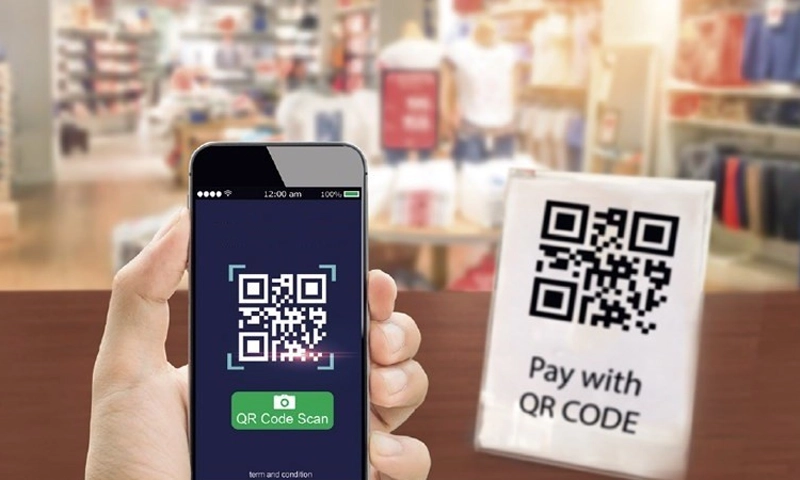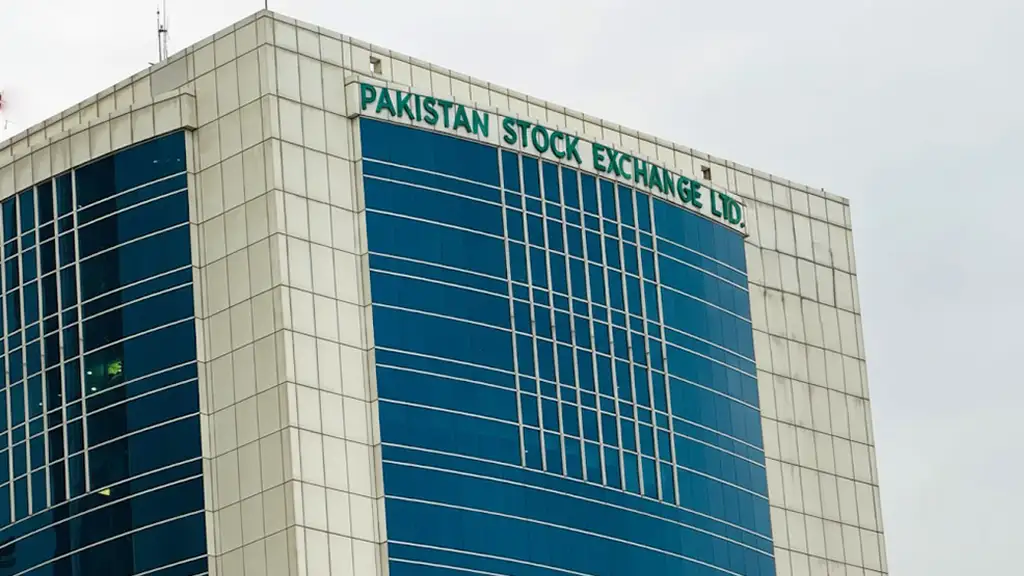- Web Desk
- 1 Hour ago
SECP orders adoption of digital payments by October 31
-
- Web Desk
- Aug 26, 2025

ISLAMABAD: The Securities and Exchange Commission of Pakistan (SECP) has directed all regulated entities to adopt digital payment solutions, particularly Raast QR codes, by October 31, 2025.
According to the statement issued by the regulator on Tuesday, the directive applies to non-banking finance companies, insurance firms, modarabas, securities brokers and other licensed intermediaries.
It directs that businesses under SECP’s regulatory ambit must display and enable digital payment options at all outlets and cannot refuse customers choosing to pay digitally.
According a State Bank of Pakistan’s (SBP) review, Pakistan’s digital payment landscape is witnessing notable growth with digital channels handling 87 per cent of retail payments by volume.
This highlights a shift in consumer preferences and growing trust in digital transactions as well as shows strong adoption of digital payments and improvements in infrastructure, as Pakistan steadily moves away from cash-based transactions.
SECP Mandates Digital Payment Adoption for All Regulated Entities by October 31, 2025
— SEC Pakistan (@SECPakistan) August 26, 2025
The Securities and Exchange Commission of Pakistan (SECP) has directed all regulated entities to mandatorily adopt digital payment solutions — particularly Raast QR Codes — by October 31, 2025.…
The SECP noted that Raast QR codes are free and can be obtained through banks, microfinance banks or electronic money institutions.
“The step”, it said, “is in line with Pakistan’s national vision of a cashless economy, boosting financial inclusion, transparency, and efficiency across regulated sectors.”
Modernising payment system
Last week, Pakistan launched a new payment and settlement system, Prism+, aimed at enhancing the efficiency, speed, and security of financial transactions across the country.
According to the SBP governor, the new system marks a major step in modernising Pakistan’s financial infrastructure, streamlining the movement of money and government securities across the financial sector.
It makes Pakistan’s financial framework “faster, safer, and more modern,” enabling banks to manage liquidity more effectively, reduce settlement risks, and improve overall efficiency.
Among its features, PRISM+ enables real-time transfer of large payments, future-dated payment scheduling, priority-based settlement, and live dashboards showing balances and pending transactions.
It also allows banks to participate in real-time government securities auctions, manage secondary market trades more efficiently, and track pledged collateral for liquidity purposes.





